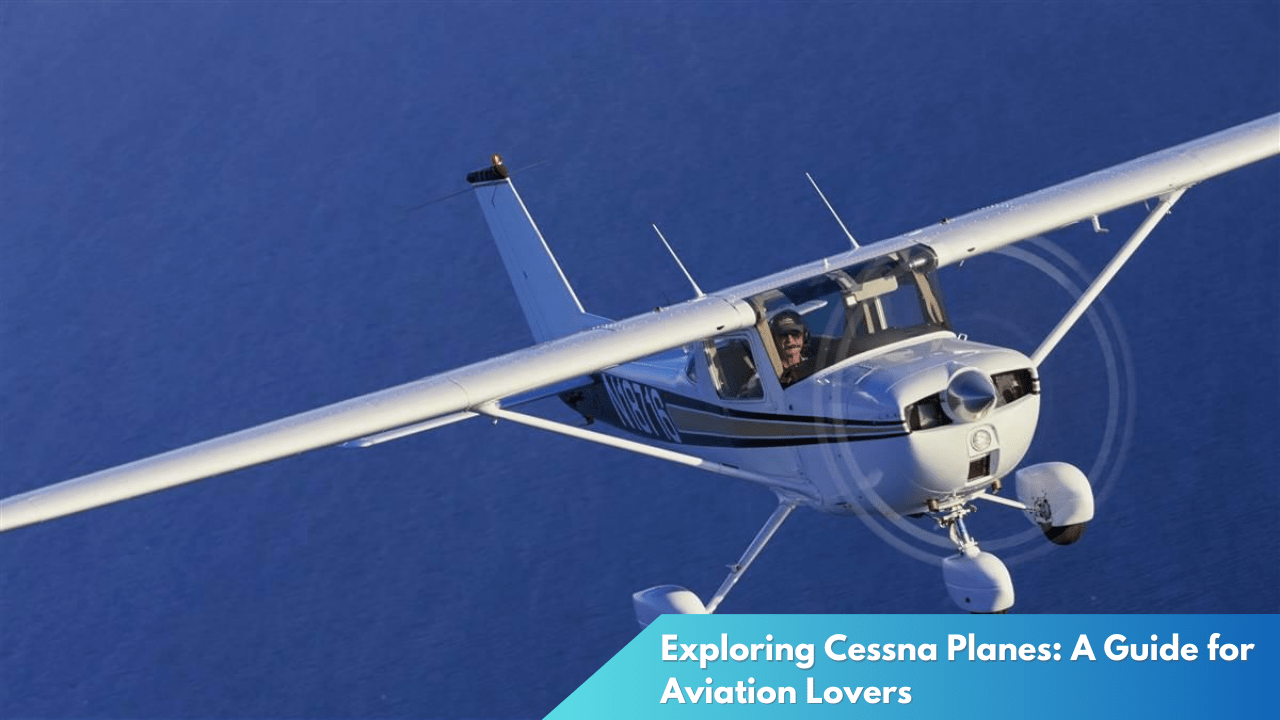Exploring the Cessna Skyhawk: A Beginner’s Guide
The Cessna Skyhawk, a staple in aviation and a favorite among flight training schools worldwide, holds a special place in the hearts of both novice and seasoned pilots. Known for its reliability, ease of handling, and robust design, the Skyhawk has been a trusted ally in the skies for decades. This beginner’s guide explores the aircraft’s rich history and key features that make it an ideal choice for budding aviators.
Discover the Cessna Skyhawk’s Rich History

The Cessna Skyhawk, officially known as the Cessna 172, first took to the skies in 1955. Designed by Cessna Aircraft Company, the Skyhawk was intended to be a more powerful version of the Cessna 170. Over the years, it has evolved significantly, adapting to technological advancements while maintaining its original appeal. The aircraft quickly became popular among private owners and flight schools, largely due to its forgiving flight characteristics and straightforward design.
By the 1960s, the Skyhawk had established itself as the best-selling aircraft of its kind. The introduction of the all-metal construction in the 172 series marked a significant leap in durability and performance. Its popularity continued to grow with further innovations, such as the integration of tricycle landing gear and enhanced avionics. These improvements made the aircraft even more accessible, contributing to its status as one of the most successful light aircraft in history.
Throughout its evolution, the Skyhawk has remained a staple in the world of aviation training. Its longevity is a testament to its enduring design and reliability. As of today, over 44,000 Skyhawks have been manufactured, making it the most produced aircraft in history. This rich heritage not only highlights the aircraft’s impact on aviation but also cements its place as an iconic symbol of accessible flying.
Key Features of the Beginner-Friendly Aircraft

The Cessna Skyhawk is renowned for its user-friendly design, making it an ideal choice for beginner pilots. One of its standout features is the high-wing configuration, which provides excellent visibility for pilots, especially beneficial during takeoff and landing. This design also contributes to improved stability and control, reducing the risk of stalls—a critical factor for student pilots honing their skills.
Another key feature of the Skyhawk is its robust and reliable engine. Typically powered by a Lycoming IO-360-L2A engine, the aircraft provides around 180 horsepower, delivering a smooth and consistent flying experience. This power, combined with an aerodynamic design, enables the Skyhawk to achieve a cruise speed of approximately 122 knots. Such performance metrics ensure that even beginners can handle the aircraft with confidence while experiencing a wide range of flying conditions.
A hallmark of the Skyhawk is its modern avionics suite, particularly in the latest models. Equipped with the Garmin G1000 NXi, the aircraft offers advanced navigation and communication technologies, akin to those found in larger, commercial aircraft. These state-of-the-art systems not only enhance the learning experience for new pilots but also ensure safer and more efficient flights. The intuitive layout and digital displays make it easier for pilots to focus on flying, offering a seamless transition from training to real-world flying scenarios.
For decades, the Cessna Skyhawk has served as an entry point into the world of aviation for countless pilots. Its rich history and user-friendly features have established it as an enduring favorite, offering a blend of tradition and modernity that continues to appeal to new generations. Whether you’re taking your first flight lesson or looking to purchase your first aircraft, the Skyhawk offers a reliable, efficient, and thoroughly enjoyable flying experience.



